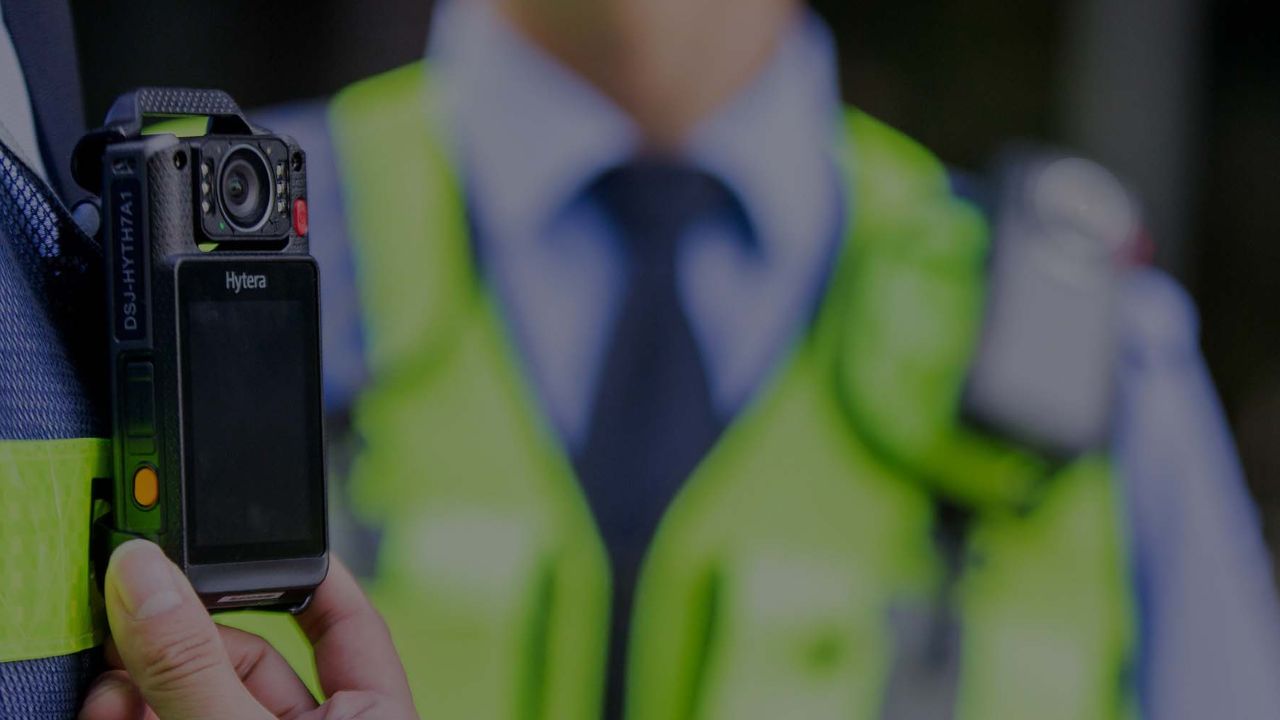Cameras attached to the body increase transparency and accountability in the legal system by providing an objective account of interactions between law enforcement officers and the public. They deter misconduct, promote upright conduct, and are a valuable resource in legal proceedings and investigative processes.
To access more information about our body-worn cameras and their features, please visit our global site. Because of this transparency, officers behave better, confidence is built, and both the public and law enforcement become accountable for their actions.
Furthermore, by aiding in training, reducing the amount of false claims, and documenting commitment to policy, body-worn cameras promote a more fair and accountable legal enforcement system.
How Is The Data Collected By Body-Worn Cameras Managed And Stored?
Body-worn camera data is normally managed and stored using a combination of local servers, cloud services, and on-device storage; security and accessibility requirements frequently influence the choice. The data is organized with the aid of metadata and indexing; redaction can be necessary to preserve privacy.
Data retention regulations establish the duration for which footage is retained, and strict access control and security measures are implemented to protect critical information. Data loss can be avoided via backup and redundancy systems, and data cataloging and retrieval can be facilitated by specialist software.
Frequent audits promote accountability, openness, and the integrity of recorded evidence by ensuring adherence to legal requirements and retention standards. By recording interactions between police enforcement and the public, they provide an unbiased account that can clarify events, deter misconduct, and guarantee accountability from both parties.
Internal Storage:
Cameras worn on the body come with built-in storage. The first place video is saved when it is recorded by an officer or user is the camera. This enables backup access in case of network or connectivity problems, as well as instant access. Auditing helps maintain the integrity of the data and its chain of custody.
Cloud Storage:
A lot of organizations and agencies choose to upload their recorded data to servers in the cloud. Benefits from this include backup capability, accessibility from several places, and safe, centralized storage. Additionally, cloud storage makes it easier for users to collaborate and share data.
Local Server or Network Storage:
Some businesses would rather use network-attached storage (NAS) systems or their servers to store their data. This gives you greater control over the data, so it can be the better option for businesses with strict security and privacy guidelines. Proving police conduct. It backs investigations, procedural recording, and training all of which contribute to a more just and accountable legal system.
Policies for Data Retention:
Organizations and agencies generally have guidelines that specify how long information must be kept on file. Depending on the type of data (training, evidential, etc.), legal obligations, and corporate regulations, retention periods may change.
Security and Access Control:
Sensitive data is frequently captured by body-worn cameras. Usually, only authorized personnel have access to this data to preserve security and privacy. To stop unwanted access, user authentication procedures and encryption are used.
Metadata and indexing:
To ensure proper administration, video footage must be stored along with any related metadata, which may include timestamps, GPS positions, and user or officer identification. It is simpler to search for and retrieve particular video content when videos are effectively indexed and tagged.
Final Words
By recording interactions between police enforcement and the public, they provide an unbiased account that can clarify events, deter misconduct, and guarantee accountability from both parties. This technology builds trust, encourages responsible behavior, and improves police conduct. It backs investigations, procedural recording, and training—all of which contribute to a more just and accountable legal system.


